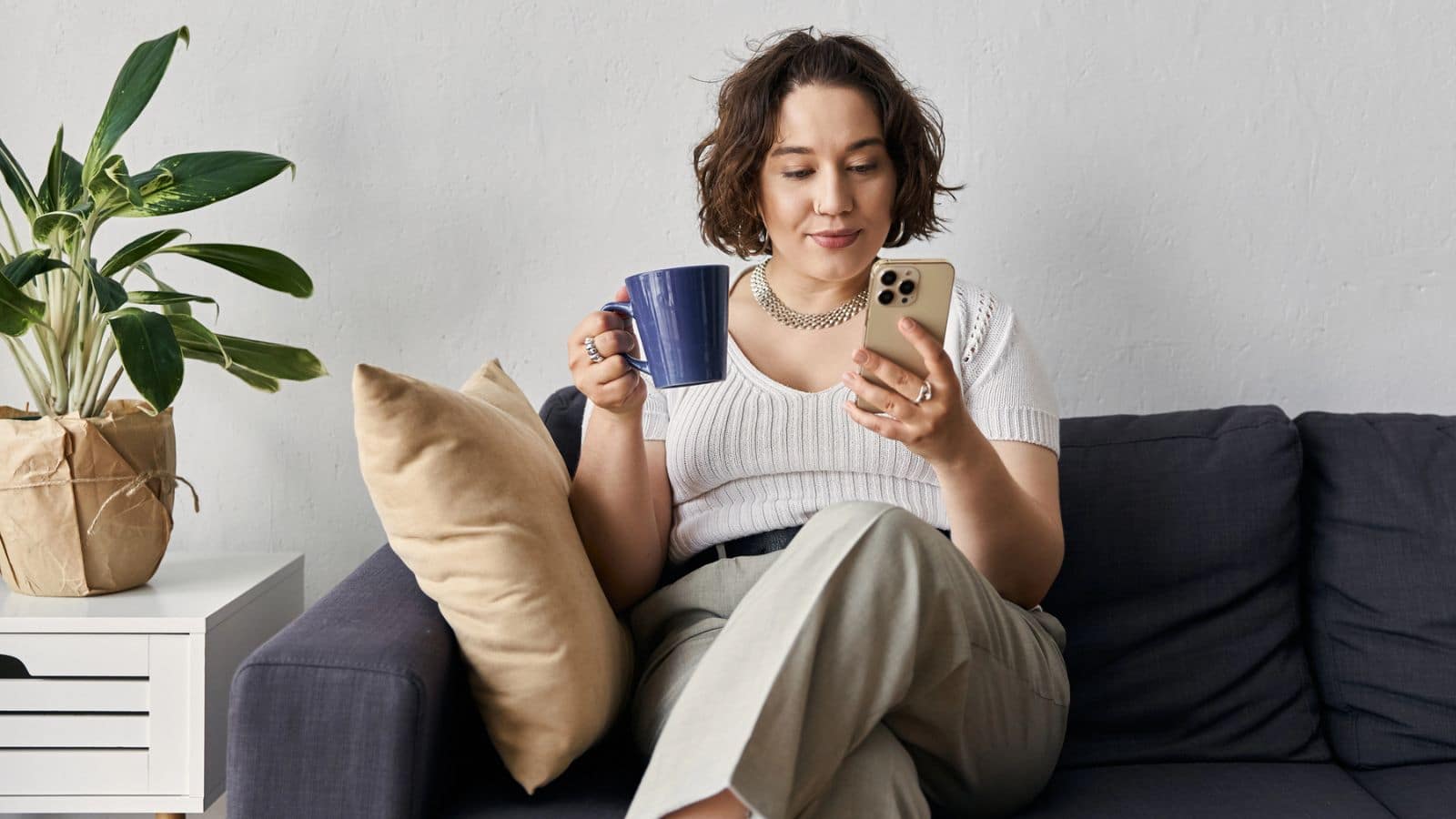Most people see minimalism as a way to cut costs and live a simpler life. While it can certainly help reduce unnecessary clutter, it doesn’t always lead to significant savings. In fact, some aspects of minimalism may even cost you more in the long run. Here are seven reasons minimalism may not be saving you as much money as you think.
Buying Only the “Essentials”

When you try to live with less, the idea is to only buy the essentials. But often, that leads to buying more expensive versions of what you “need.” For example, you might choose a high-end brand of shoes, a designer bag, or premium kitchen tools because they’re considered “essential” for your minimalist lifestyle. Instead of cutting costs, you end up spending more on fewer, higher-priced items. Minimalism isn’t necessarily about buying better stuff, but being thoughtful about your purchases.
💸 Take Back Control of Your Finances in 2025 💸
Get Instant Access to our free mini course
5 DAYS TO A BETTER BUDGET
Opting for Quality Over Quantity (But Overdoing it)

Minimalism often encourages investing in high-quality, long-lasting items, which can be a good thing. However, the price of high-quality products isn’t always cheap. If you’re constantly choosing the best of everything to avoid re-buying, you may find yourself spending more money upfront. A better approach is balancing quality with affordability, so you’re not draining your budget for items that are built to last but cost an arm and a leg.
Buying Only What You “Truly Love”

Minimalism encourages buying only things you love, but this can become an expensive habit. While it’s great to love the items you own, continually purchasing things that bring you joy can lead to overspending. Just because something sparks joy doesn’t mean it fits into your budget. Instead of constantly buying items that “speak to you,” focus on purchasing things that serve your lifestyle and needs, not just what makes you feel good in the moment.
Buying High-End Products Because They’re “Sustainable”

Many minimalists choose to buy eco-friendly or sustainable products, which is admirable. However, these items can often come with a higher price tag. While you’re saving the planet, your wallet might take a hit. For example, reusable shopping bags, organic cotton clothes, and eco-friendly cleaning products can all be more expensive than their non-sustainable counterparts. Instead of focusing solely on sustainability, find ways to balance eco-conscious choices with budget-friendly options.
Getting Rid of Things You’ll Later Need

Minimalism also encourages decluttering, but sometimes it can go too far. You may toss items that you later realize you need. Replacing those things can cost more money than if you had just kept them in the first place. For example, getting rid of furniture or kitchen tools that you no longer use, only to realize months later that you actually need them, can be an expensive mistake. Instead of getting rid of everything that doesn’t fit your current needs, consider keeping things that could be useful down the road.
Overprioritizing Experiences Over Material Items

Unfortunately, spending on experiences instead of stuff doesn’t always save money. Travel, nice dinners, even quick getaways can add up fast. Just because you’re not shopping doesn’t mean you’re spending less. Choose the experiences that really matter, and make sure they still fit your budget.
Buying “Minimalist” Products That Are Expensive

Just because something looks simple doesn’t mean it’s cheap. A lot of minimalist-style items—like plain furniture or basic storage—come with a high price tag. Brands know people will pay more for that clean look. But spending less doesn’t mean you have to settle for clutter. You can still stick with a minimalist style by buying used, repurposing what you have, or skipping the overpriced stuff altogether.
Balance, Not Deprivation

Minimalism can save you money, but not always. It depends on how you approach it. Don’t just follow trends or toss things out for the sake of it. Focus on buying less and making every purchase count. You don’t need to live with nothing—just make sure what you do have serves a purpose. That’s where the real savings come from.
13 Unexpected Purchases Minimalists Actually Splurge On

Minimalists are known for living with less, but that doesn’t mean they don’t spend money at all. In fact, minimalists are likely to spend on things that enhance their quality of life in some way. Here are 13 things minimalists spend money on that might surprise you. 13 Unexpected Purchases Minimalists Actually Splurge On



